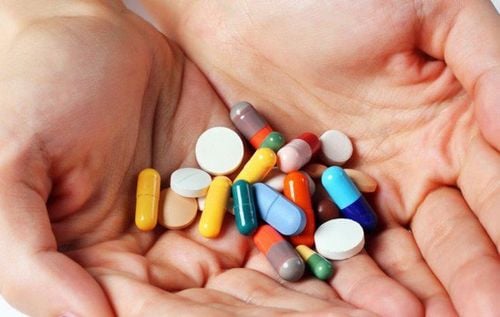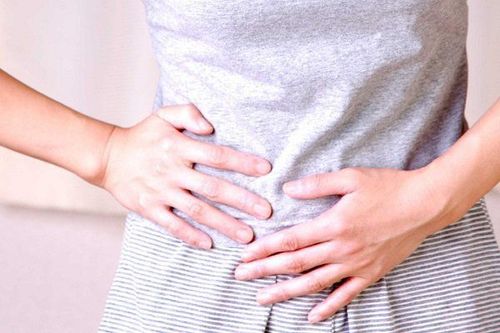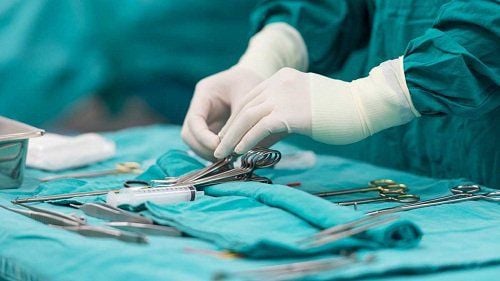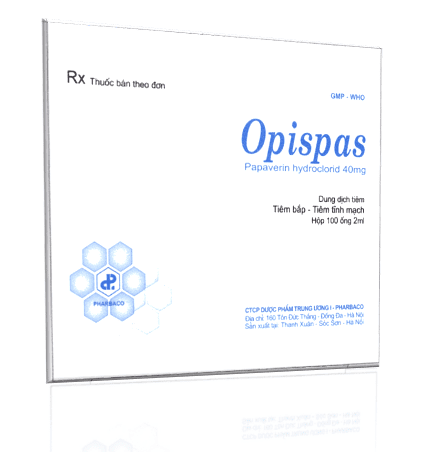This is an automatically translated article.
The article is professionally consulted by MSc Vo Thien Ngon - Urologist, Vinmec International Hospital Da Nang.
Renal colic is a common symptom of kidney stones. Depending on the location of the stone, the patient will have pain in different areas. However, kidney stone pain is often confused with other pain.
1. Where do kidney stones hurt?
The most characteristic symptom of kidney stone pain is:
Severe pain, renal colic. Kidney stone pain usually originates in the lower back, on one or both sides of the lower ribs. Then spread gradually from the lumbar fossa down or forward to the pelvic pit, thigh, possibly spreading to the genitals. Dull, mild pain in the waist, hips may have small or medium stones in the renal pelvis, small stones in the ureters. Pain accompanied by urinary retention, possibly stones in the bladder neck or urethra. Pain when sitting for a long time, when suddenly changing positions can cause kidney stones to develop into large stones, pressure on the areas affected by kidney stones causes the tissue around the kidneys to be pinched and causes pain. . Pain spasms from the inside, lying in any position hurts. The pain usually lasts from 20 to 60 minutes, even for several hours. The pain is often accompanied by blood in the urine, fever, or chills. In fact, when kidney stones appear in the kidney, the urinary tract will be stimulated leading to spasms, squeezing, and blockage of the urinary tract. The urinary tract is blocked, urine cannot be excreted, thereby increasing pressure on the renal pelvis, leading to kidney stone pain.
2. Signs to recognize kidney stones
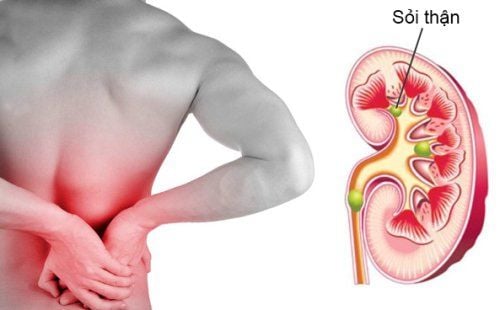
2.1. Nausea or vomiting Nausea and vomiting can be a sign of kidney stones because the kidneys are blocked. The ureters are partially or completely blocked and prevent urine from reaching the bladder. The nerves in the intestines and kidneys are interrelated. When a blockage in the kidneys occurs, it can affect the digestive tract, activating the nerves in the digestive tract, causing stomach cramps, discomfort, and making you nauseous and vomiting.
2.2. Frequent urination Sometimes people with kidney stones feel the need to urinate more than once, if the stone is located at the end of the ureter, the beginning of the bladder or in the neck of the bladder, you will often need to urinate, each time. go a small amount. When you frequently urinate more than once, dribbling urine, it is likely that a kidney stone is passing through the ureter. Kidney stones irritate your bladder and make you feel like you need to urinate more often. If the kidney stone is large, it can block the ureter. The reason is that the stone stimulates the bladder to contract, causing a false urge to urinate.
2.3. Blood in urine A kidney stone that damages the lining of the urinary tract will cause bleeding, when urinating blood, you may see the urine is pink or brown. If a kidney stone damages tissue, blood can mix with the urine. If your urine is red, pink, or brown, you should see your doctor promptly.
2.4. Fever and chills Fever and chills that accompany kidney stone symptoms in women, you may have an infection because kidney stones can be an easy place for bacteria to grow. This is a serious complication caused by kidney stones.
2.5. Cloudy urine When you see this sign, you are likely to have stones or are in the group of subjects prone to kidney - urinary stones. Cloudy urine can be caused by too much sediment or a urinary tract infection. If there is a urinary tract infection, the urine will be cloudy with a bad smell, while with normal sediment, the urine will not have an odor.
2.6. Pain, burning when urinating, frequent urination
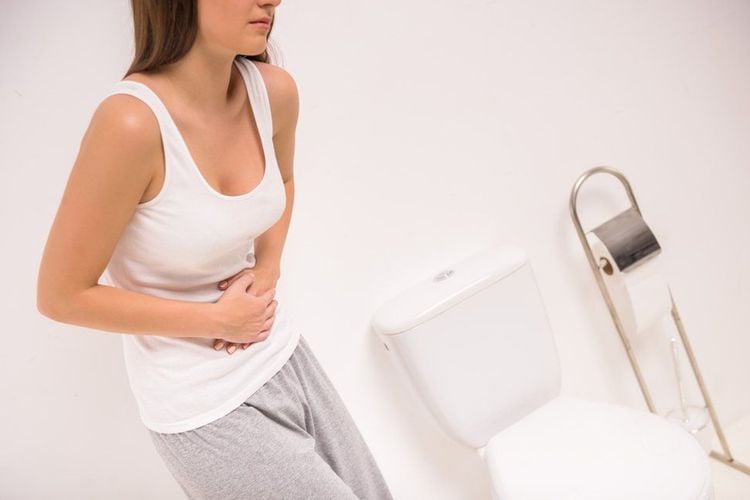
Usually when stones fall into the ureter or from the bladder to the urethra, it will block the urinary tract, leading to difficulty in urination. In addition, the stone rubs against the lining of the ureter and urethra, causing pain and burning when urinating. The stone then irritates the bladder and causes kidney stone pain. Infection can occur and make you even more painful when urinating.
2.7. Anuria A ureteral stone can cause partial or complete anuria (inability to urinate). Partial anuria is caused by a stone blocking one kidney. Rarely, stones cause constriction of both ureters, causing complete anuria. In this situation, you should go to a medical facility immediately to be dealt with promptly to avoid bad situations: kidney rupture or acute kidney failure occurs.
In fact, kidney stone pain is often confused with acute appendicitis, biliary colic or acute gastroduodenal pain. Therefore, when you have cramping pain in the back area, you should see a doctor for an accurate diagnosis and examination.
Please dial HOTLINE for more information or register for an appointment HERE. Download MyVinmec app to make appointments faster and to manage your bookings easily.






